Novel Monitoring Features to Scale Mangrove Restoration

July 18, 2025

Around the world, wildfires are rising in intensity and size therefore reshaping landscapes, displacing wildlife, and putting local communities and ecosystems at risk. The inaugural State of Wildfires report noted that between March 2023 and February 2024, forest fires emitted 8.6B tonnes of CO₂, with the area burned in western North America surging by 40% since 2000.1 In Canada alone, the 2023 wildfire season broke records, scorching 37 million acres and releasing 647M tonnes of carbon.2
This escalating crisis is being driven by climate change and the accelerating pace of deforestation, both of which contribute to drier, hotter conditions that leave forests more vulnerable to ignition and less capable of recovery. As temperatures rise, so too does the risk that forests may not bounce back after fire as they once did. Scientific research on post-fire climate effects warns that “altered fire frequency (an indirect effect of climate change) will have a profound impact on serotinous forests,”3 which rely on specific fire intervals for regeneration. If fires occur too frequently, before trees reach reproductive maturity, the natural resilience of these ecosystems could erode beyond repair.
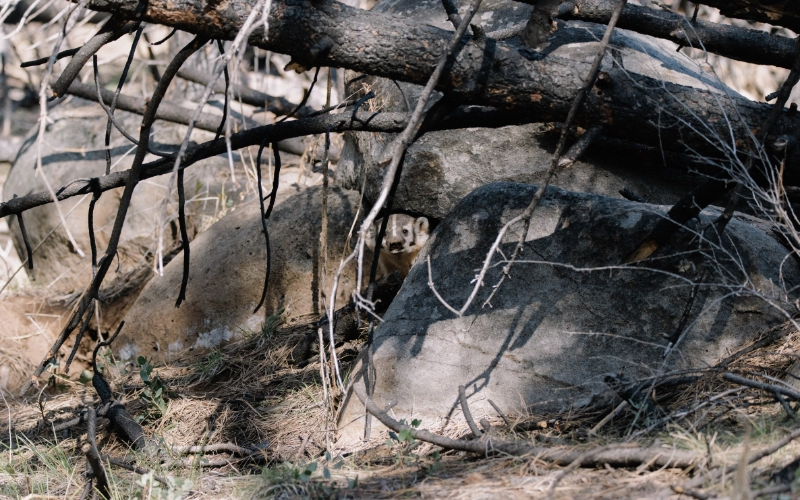
The consequences extend beyond the forest itself. Wildfires destroy wildlife habitats, endanger air quality, disrupt water systems, and displace communities. Restoration is no longer optional, it is essential.
The intensity of today’s wildfires destroys not just the forest canopy but the seed banks in the soil, which are essential for natural regeneration. The combination of climate change, deforestation, and human land use has rendered historical forest recovery approaches increasingly unreliable.
As researchers note, “Post-fire ecosystem recovery is dependent upon abundant tree regeneration, which in turn is largely governed by mechanisms linked to seed production and dispersal, and seedling establishment for survival”.4 But when these mechanisms are disrupted by high-intensity fires, the recovery slows. This is especially true in places like British Columbia’s Nicola Valley, where natural regeneration was further compounded by post-fire floods. As our planting partners at the Nicola restoration site mentioned, “The wildfire combined with those floods absolutely changed the entire face of the Nicola River… The devastation was real, and of course, that impacted salmon habitat big time.”
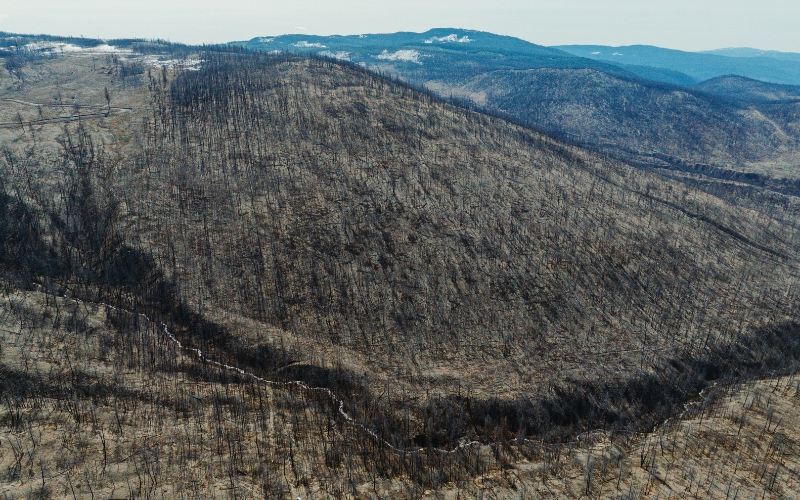
To meet these escalating challenges, restoration must go beyond simply planting trees: it requires adaptive, informed strategies rooted in ecological understanding. Smart reforestation helps prevent erosion, stabilize soils, and rebuild habitats for biodiversity to return. veritree also works with ecologists to ensure the right trees are planted in the right places for long-term survival and fire resilience.
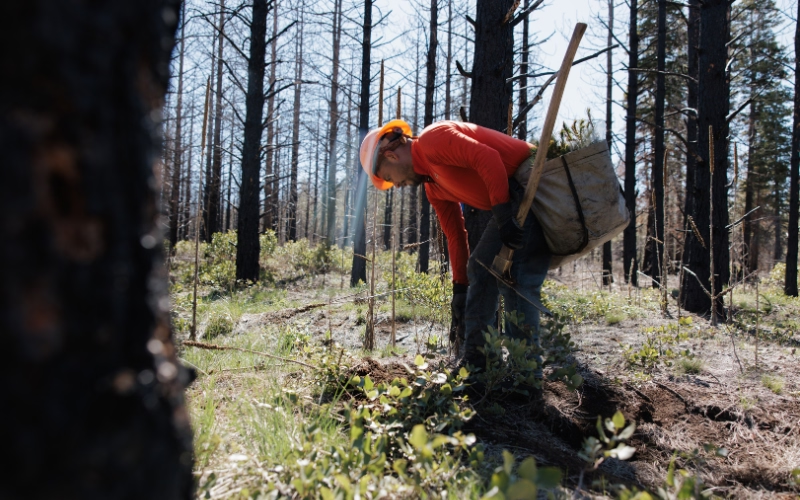
In many post-fire landscapes, it is common for aggressive shrubs and non-native species to quickly take over, increasing the risk of future fires. That’s why veritree and our partners work with local experts and Indigenous communities to identify and reintroduce species that are both culturally significant and fire-adaptive. Planting these saplings ensures forests are naturally adapted to recover and thrive post-fire. In the Cariboo region, for example, our planting partners “went up and down the valley and asked… what isn’t coming back after the wildfire? [They] developed prescriptions that include input from all seven bands on which species matter culturally and ecologically” to prioritize in planting.
Restoring forests after wildfire isn’t just about planting trees, it’s about ensuring they survive, adapt, and thrive. At veritree, we are advancing a smarter, science-led approach to restoration that blends ecological data, Indigenous knowledge, and cutting-edge technology to support long-term forest recovery while reducing wildfire risk.
Our Smart Forests are built on the idea that effective planting projects must be dynamic and responsive to changing conditions. Using bioacoustic sensors, in-field Tree Vision cameras, soil monitors, and dendrometers, we collect real-time data on everything from tree growth to soil moisture to wildlife activity. These tools feed into our ROOT (Real-Time Observation of Trees) system, creating a replica of our forests that helps us predict fire risks, assess restoration progress, and optimize long-term planning. It brings transparency, precision, and adaptability to forest recovery.
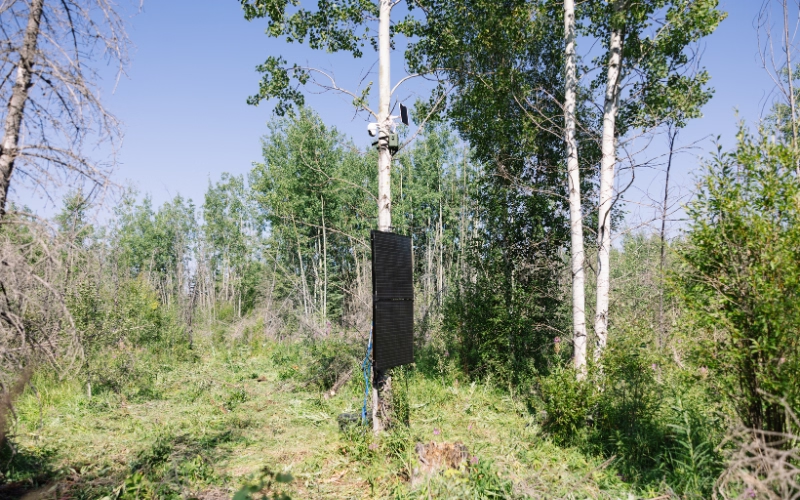
A leading example is our Smart Forest in Sawle Lake, Alberta, where we’ve deployed this integrated system to monitor and manage post-fire recovery. There, a network of bioacoustic sensors, weather stations, dendrometers, in-field Tree Vision cameras, SenseNet gas sensors and the ROOT System provide early detection of wildfire threats. These technologies enable rapid, proactive responses to early signs of wildfire risk like sparks, gas changes, and dry conditions.
But veritree’s technology does more than prevent fires. It tracks ecosystem health over time, measuring soil recovery, humidity, fuel load, tree growth, and wildlife return. With continuous data from the field, we can adjust our strategies as conditions evolve, ensuring that trees we’re planting are contributing to a resilient, living forest.
By combining advanced monitoring, geospatial modelling, and community-informed planting, veritree is helping build forests that are not only growing back, but growing stronger. It’s a transformation in how we think about reforestation: not just a one-time intervention, but an ongoing, adaptive system that puts technology to work for the planet.
From the Nicola Watershed in British Columbia to California’s Sierra Nevada and Alberta’s Sawle Lake, veritree’s post-wildfire projects are prioritizing long-term forest health through smart, technological, and community-driven restoration.
In each region, veritree partners with local planting communities and, when possible, Indigenous leaders to design restoration efforts rooted in cultural and ecological priorities. In Cariboo, British Columbia, that means planting only where fire has truly erased forest structure. “We’re not cramming trees into every nook and cranny,” explains Wesley Brookes, a partner on the Nicola project. “We’re planting where it’s necessary–where the forest has been absolutely obliterated.” These decisions respect both the ecological role of fire and the specific needs of each site.
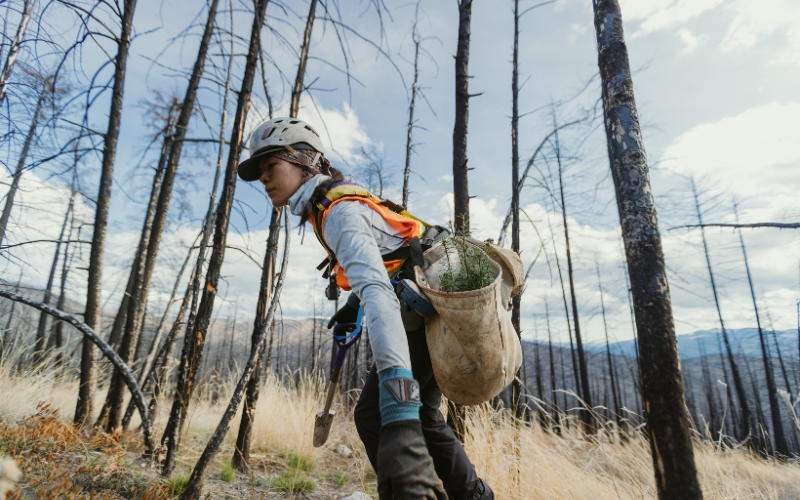
Restoration is also deeply informed by technology and data. As veritree CEO Derrick Emsley puts it: “We deploy a network of sensors at our projects—everything from wildfire monitors to acoustic and trail cameras to measure biodiversity, and soil sensors to understand humidity, heat, things like that. We pull all this information together to get a true pulse of the forest.”
veritree’s post-wildfire planting projects across North America reflect a commitment to smart design, Indigenous collaboration, and ecosystem diversity:
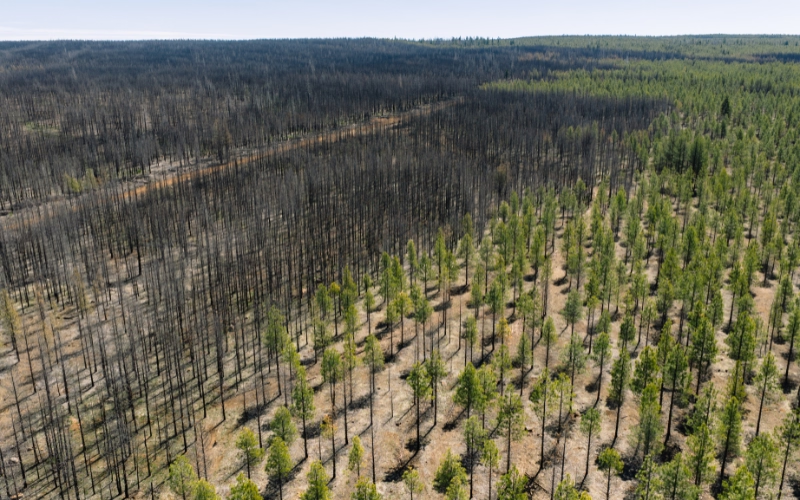
Together, these projects are a model for reforestation that works with nature, not against it. veritree is restoring landscapes in a way that respects community voices, embraces fire-adapted ecosystems, and leans into the power of data to guide recovery for the long term.
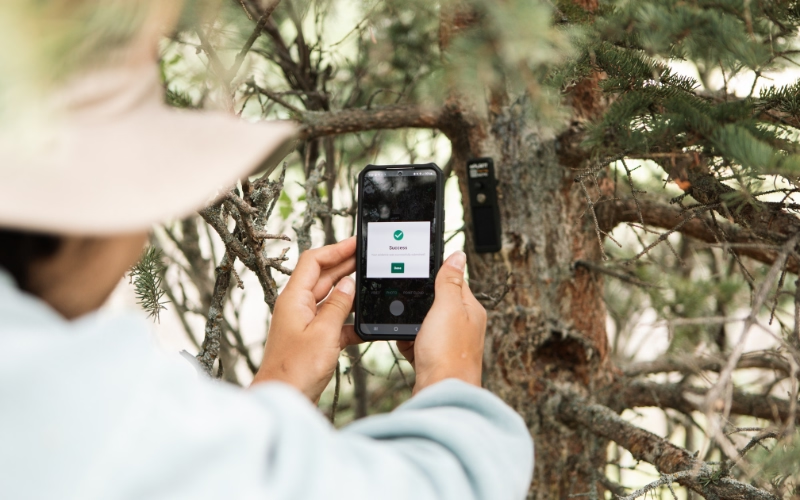
Wildfires are increasing in intensity, forests are under threat, and the path to recovery is complex, but it is possible. Through smart, collaborative, and technology-powered restoration, we can help fire-ravaged landscapes recover and thrive. Now is the time to invest in planting projects designed for the challenges of today and tomorrow.
PREV BLOG